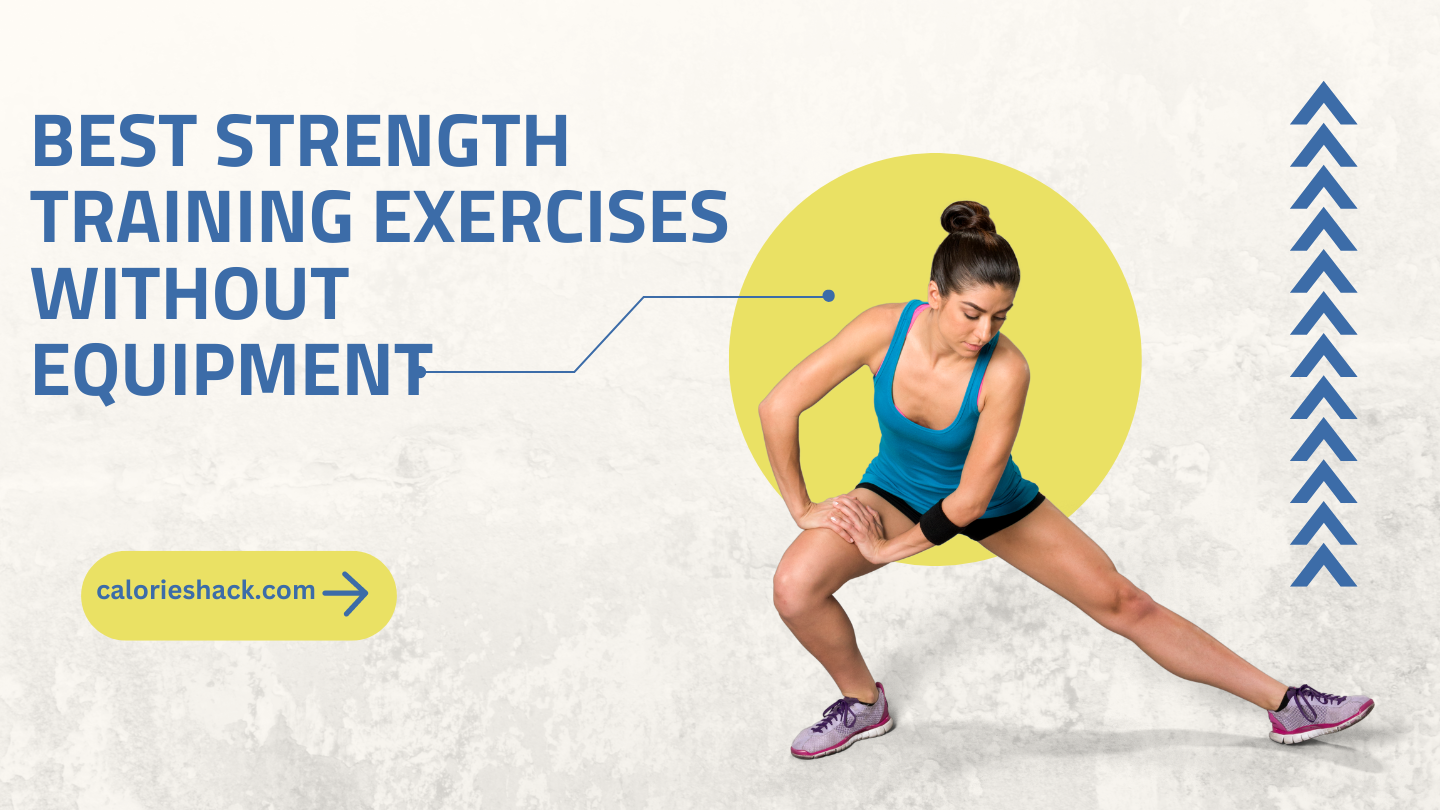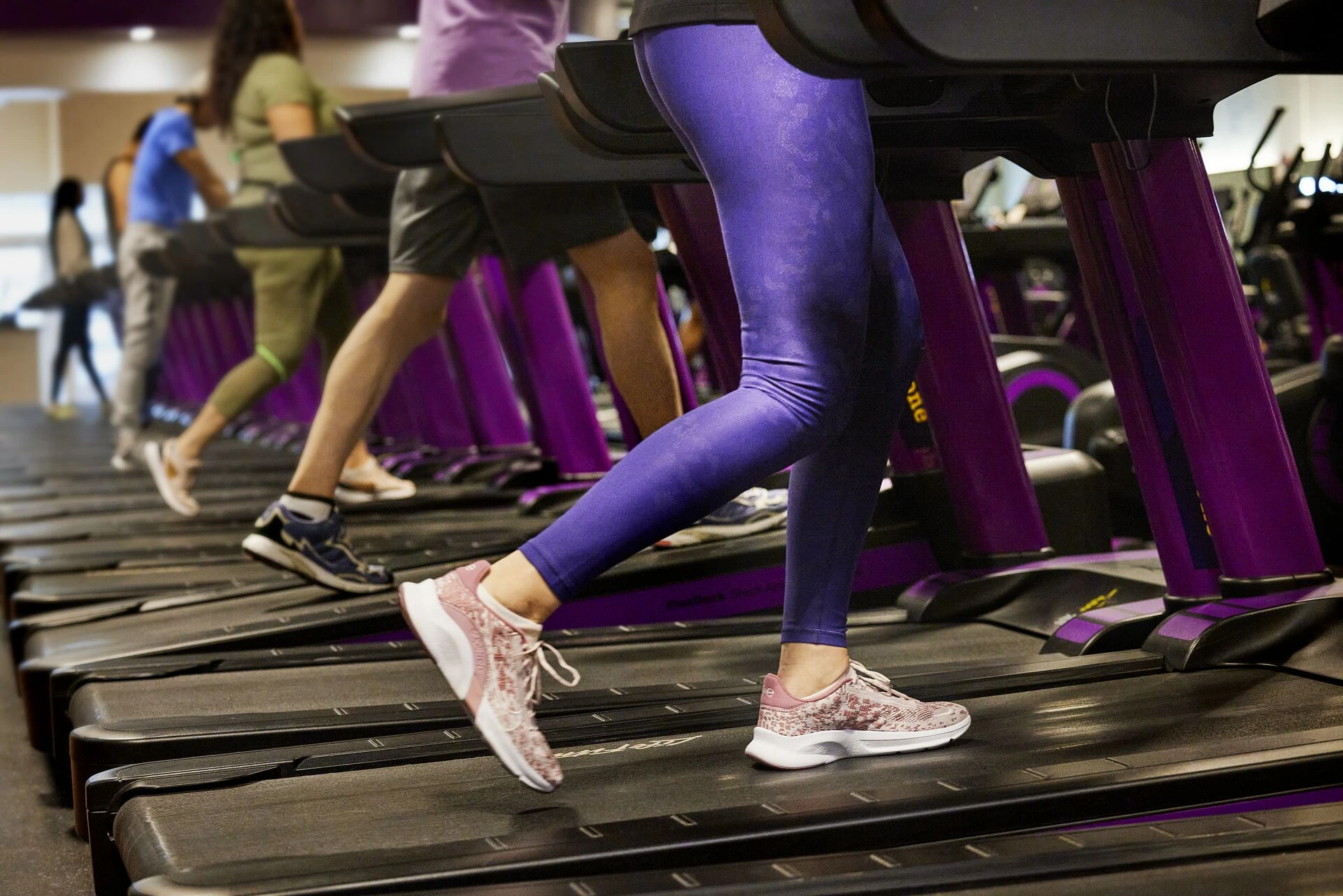Do you remember the last time you dialed when your workouts? Not considering you had to, but considering you decided to? If the wordplay is no, you’re overdue for a deload week.
In a deload week or, increasingly simply, a deload you purposely when off on your training a bit to indulge soul and mind — muscles, joints, nervous system, mood, motivation to recoup from the piled stress of hard, resulting training.
Deloading is a technique long used by peerage athletes, surpassing and without competition, to help prevent injury, uplift performance, increase motivation, and modernize long-term results.
What works for them can work for you, too. Here’s what you can expect from a deload and the weightier ways to work one into your program.
What Is a Deload Week?

A deload is a period of reduced workout intensity and/or volume that allows your soul to reservation up with the ever-mounting stress you’ve placed on it over a sustained workout regimen.
This might derange worldwide wisdom, which often holds that exercise makes us stronger, leaner, and increasingly muscular. But that’s not the whole story.
What brings well-nigh those salubrious changes is an towardly wastefulness between exercise and recovery.
Consider: If exercise vacated brought well-nigh greater fitness, you could work out round-the-clock and make plane greater progress. But you can’t. In fact, if you tried, you’d quickly find your performance and results going backward.
To be effective, plane a unconfined workout — the kind that leaves you feeling like you can take on the world — requires rest, food, and recovery in the hours and days that follow.
Why Are Deload Weeks Important?
If you’re pursuit a well-designed program — one that pushes you a little bit increasingly with each successive workout and gives you time to recover from each one — your next workout will come right when you’ve recovered sufficiently from your last session.
At that point, you’ll stress your soul with flipside tough workout, recover from that session, and protract the work-recovery cycle, getting steadily fitter as you go.
Sadly, you can’t protract this trundling forever: if you could, anyone who worked out unceasingly would be worldly-wise to run a four-minute mile and seat printing a school bus without a few short months.
At some point, your worthiness to perform increasingly work will exceed your worthiness to recover, and you’ll hit a plateau; try as you might, you can’t lift any heavier, run any faster, or do any increasingly reps.
When this happens, many serious exercisers, frustrated at their lack of progress, double lanugo on their workouts, subtracting increasingly sets, exercises, or sessions per week in an effort to reignite progress.
But that’s a huge mistake, and a quick recipe for injury and burnout. What you really need is a recovery period: a week or increasingly of milder worriedness that allows your soul to vellicate when so you can return fresher, stronger, and ready to make progress again.
Hence, the deload. You can still work out, but those workouts will be far less intense than they’d normally be. It works weightier when you’ve been exercising consistently, increasing your workload steadily over time, as you do in a three-week BODi block.
As explained above, it’s not “downtime” exactly. But if you do it right, a deload week will result in unrenowned improvements in strength, muscle, and fitness.
That’s why we undeniability them “UP” — or “unconditional progress” — weeks: They help ensure that you alimony reaching ever-higher peaks of fitness over time.
How to Deload
Deloading isn’t a license to let your fitness program go off the rails. Instead, try one of these three strategies:
1. Reduce intensity
Intensity” is often used as a vague term for how nonflexible you’re working, but to trainers it refers to how much weight you are lifting as a percentage of your maximum.
So in a regular strength session, if you can squat 100 pounds with maximal effort, and your workout calls for four sets of six reps at 80 percent of your max, you’d work with an 80-pound bar.
But during a deload, you’d reduce the weight you use in each exercise by well-nigh 50 percent, still performing the same number of sets and reps you’d normally do.
So, in a deload week for a program that included the exercise in the previous example, you’d perform four sets of six reps of squats using 40 pounds.
Though it’s slightly harder to calculate, you can do something similar with any type of workout, reducing speed in a running workout or reducing the resistance in an indoor cycling workout.
Reducing intensity allows you to practice good form on key movements, get some thoroughbred flowing into your muscles and joints, and shrivel some calories.
Like other forms of deloading, your muscles get a endangerment to recover and rebound while you get a endangerment to motivate yourself then to lift heavy.
2. Reduce volume
Volume” refers to the number of “working” sets and reps you perform of each exercise. A working set, as opposed to a warm-up set, is one intended to rencontre the muscles to, or tropical to, their maximum capacity.
In a reduced-volume deload, you cut the number of work sets by well-nigh half, while still using the same weight you used the previous week in each exercise.
So if, in the final week of your most recent BODi block, you performed four sets of six reps of squats with 100 pounds, you’d do two sets of six reps in your deload week, then using 100 pounds.
This method works well for intermediates who have yet to tideway their full potential for strength. However, wide gym-goers, who might use 300 pounds or increasingly on some exercises, should opt for a reduced-intensity deload.
300 pounds is considerably harder on your joints and connective tissue than, say, 100 pounds — plane for someone whose muscles are strong unbearable to handle the heavier load.
It’s simple to reduce volume on other types of workouts as well: Instead of work sets, you can reduce cycling, running, or swimming loftiness or time.
Of course, you can moreover reduce both intensity and volume: Cut the weights by half and the work sets by half. That’s the easiest option, and if you’re feeling particularly write-up up or burned out, it might be the weightier one for you.
3. Transpiration your activity
Another deload option is to forgo the gym and transpiration activities altogether. On days when you’d ordinarily lift weights, instead swim, hike, play tennis, jog, hit the heavy bag, cycle, or shepherd a flit or cycling class.
Easier is largest than super-intense. Remember, the watchword for the week is recovery, and you won’t get much of that if you spend five days in a cycling matriculation with an instructor who thinks she’s coaching riders for the Tour de France.
Changing activities is a unconfined way to enjoy the fitness you’ve built over weeks and months of training, and a unconfined way to discover activities you might otherwise have skipped due to time constraints.
You might plane discover a passion for a new worriedness that you want to fold into your exercise program. And that’s a very good thing: For health, longevity, injury prevention, and fitness, diversifying your activities is unchangingly a good idea.
Benefits of a Deload Week
The benefits of a deload week may seem obvious, but if you’re a defended exerciser, they’re essential to ongoing progress.
Gives your soul and mind a break
Let’s say you’re 90 percent recovered two days without a nonflexible session, and you hit the gym for your next workout.
You probably won’t notice much difference in your performance, but if you alimony at it, you could hands yaffle a recovery deficit of 50 percent without a week. That can quickly add up to some pretty serious fatigue.
Deloading helps end that cycle, permitting you to recharge fully, so that you can protract to progress and modernize without fatiguing or incurring injury.
Can help you refocus your goals
Perhaps the most important goody of deloading is that is helps you take a macro-view of your workout program. Instead of thinking only of today’s workout, deloading helps you see each session as a small part of an overarching plan that lasts many months or years.
In this way, you can start to see vastitude short-term goals like “lose 10 pounds by summer” and instead consider goals with much broader horizons.








.jpg)

:max_bytes(150000):strip_icc()/GettyImages-1309844633-89f5103d59e6469eac2c61e736f663a0.jpg)


